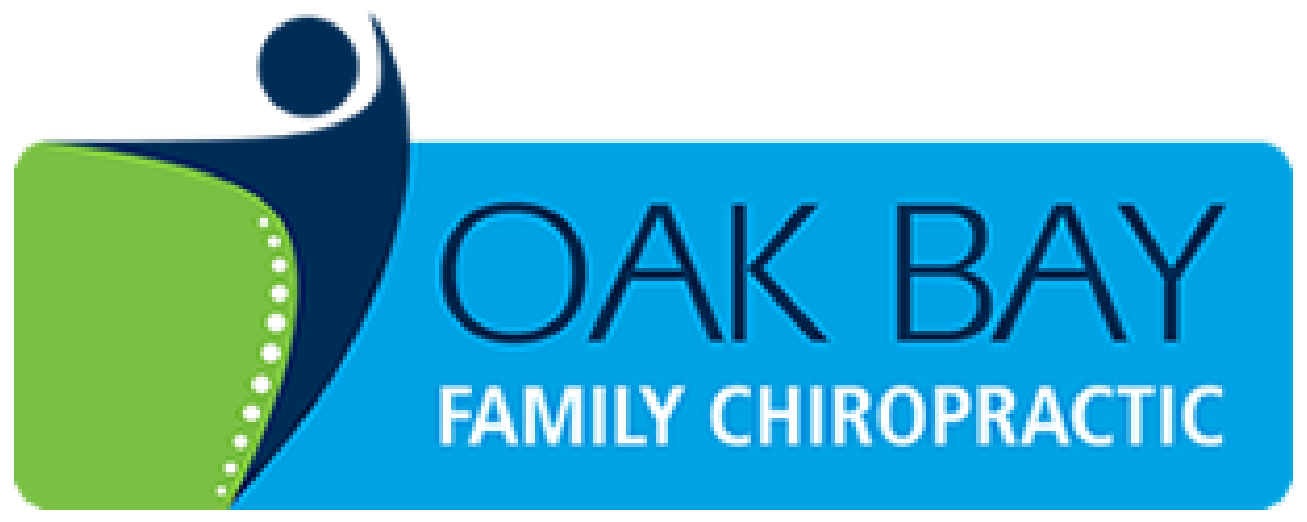Chiropractic Care
Extremity Adjusting
Did you know the same chiropractic approach that works wonders for your spine can also be applied to other joints in your body? This is called extremity adjusting, and it focuses on restoring proper motion and alignment in joints such as the shoulders, elbows, wrists, hips, knees, and ankles.
When these joints aren’t moving properly, it can lead to discomfort, reduced mobility, or even compensation patterns that affect your spine. By gently adjusting extremities, we help restore natural motion, improve joint health, and support your body’s overall balance.

Joints it Helps
Virtually every joint in your body can get “stuck” or restricted, limiting movement and affecting how you feel. This can happen in:
Wrist
Carpal tunnel syndrome occurs when the median nerve in your wrist becomes compressed as it passes through a tight band of ligaments. While many people think the problem is only in the wrist, it can often stem from misalignments in the neck, shoulder, elbow, or wrist joints. By identifying and correcting these misalignments through gentle chiropractic care, many patients find relief without the need for surgery.
Jaw & TMJ Disorders
Stress, teeth grinding, and spinal misalignments can contribute to TMJ (temporomandibular joint) disorders—the joint that connects your jaw to your skull. You can feel this joint in action by placing your fingers just in front of your ears and opening your mouth.
When this joint isn’t functioning properly, you may experience pain, stiffness, clicking or popping sounds, and even a locked jaw. Skilled chiropractic care can help restore proper nervous system control to the muscles and ligaments involved, supporting better jaw movement and reducing discomfort.
Shoulder
Many shoulder problems actually begin in the neck, where nerves branch from the spinal cord and travel down the arm. When these nerves are irritated or compressed, it can lead to shoulder pain, pain radiating down the arm, and even weakness, numbness, or tingling in the wrists or hands. Chiropractic care can often help address the underlying cause, and many patients report dramatic improvement after treatment.
Elbow
Tennis elbow (Lateral Epicondylitis) is a repetitive strain injury that commonly affects the dominant arm. Despite the name, it doesn’t just affect tennis players; it’s frequently seen in carpenters, mechanics, office workers, cashiers, and anyone who performs repeated hammering, gripping, or twisting motions of the forearm.
Symptoms may include pain on the outside of the elbow, tenderness, and reduced grip strength, often worsening with certain movements.
A thorough chiropractic examination can help identify the cause and guide effective care. Gentle, targeted adjustments, soft tissue therapy, and rehabilitative exercises have been shown to provide excellent results, helping restore mobility, reduce pain, and support lasting recovery.
Hip
The hips and sacrum, together known as the
pelvic girdle, form the foundation of your spine. The sacroiliac joints in this region can influence the nerves that exit the spine, impacting comfort and mobility. While chiropractic adjustments to the hips can often deliver excellent results, many hip issues actually stem from malfunctioning joints located above or below the pelvis. Addressing these underlying problems helps restore proper movement, reduce discomfort, and improve overall function.
Ankle
The ankle is the most commonly injured joint in the body. One of the most frequent issues is pronation, when the feet roll outward and the kneecaps rotate inward. Weak arches can cause the bones of the foot to drop into an unstable position, increasing stress and strain on the feet.
Gentle adjustments to the joints of the feet, combined with custom orthotics, can help reduce tenderness, improve walking mechanics, and provide better stability for your entire skeletal system.
Frequently Asked Questions About Extremity Adjusting
What exactly is extremity adjusting and how does it differ from a normal spinal adjustment?
Extremity adjusting involves the precise correction of joints in the arms, legs, hips, shoulders, wrists, ankles, and feet. These joints can become restricted, misaligned, or fixed, impairing motion and causing pain. Fixing them helps restore proper joint function and movement throughout your body.
Which kinds of joint problems can extremity adjusting help with?
Typical conditions include shoulder stiffness or pain, tennis elbow (lateral epicondylitis), wrist issues such as carpal tunnel, hip or knee pain, ankle/foot problems (sprains, pronation, plantar fasciitis), and other mobility-limiting joint dysfunctions.
Is this treatment safe and will it hurt?
When performed by a qualified chiropractor, the procedure is safe and generally well-tolerated. Many patients feel immediate relief, though mild soreness after a session may occur (similar to exercising a new muscle).
How many sessions will I need and how soon will I see results?
It varies depending on your condition, its severity, how long it’s been present, your overall joint health, and lifestyle. Some patients feel improvement after just one session; others may require a short series of treatments combined with exercises and joint care. During your assessment, we’ll provide a personalized plan.
Do I need to do anything at home to support extremity adjustments?
Yes, after the adjustment, simple exercises, stretches, postural advice, and homework are often recommended to reinforce joint function, maintain mobility, and support the overall treatment. Consistency helps prolong results and reduce the recurrence of joint issues.
Ready To Book an Appointment?
Find out if you’re a candidate for extremity adjusting when you call to book an appointment today!

